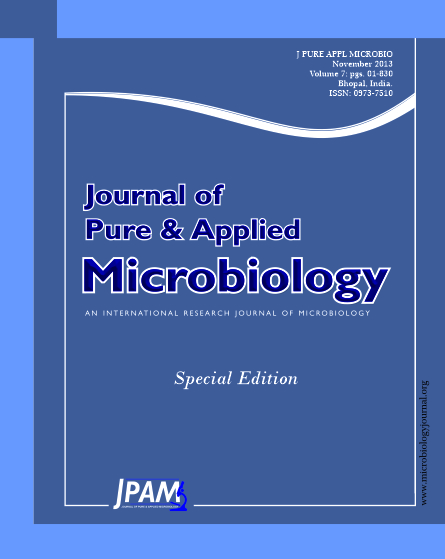The genus Citrus (Aurantioideae, Rutaceae) is the sole source of the citrus fruits of commerce showing high economic values. However, plant disease and insect pests are always threatening citrus plants resulting in destructive losses in fruit yields. Although some pathogen agents of disease have been well known, until now, there have not been efficient methods for disease prevention and cure. In the present work, we collected 30 healthy citrus plants covering 23 Citrus species as object of study, and investigated their species of endophytic fungi and potential pathogens from different environmental situations. Based on the sequence analysis of nuclear ribosomal DNA internal transcribed spacer (nrDNA ITS) region, 7 fungus species were determined and identified as potential pathogens, and additional 3 fungus/bacterial species were undetermined and considered as endophytic fungus/bacteria having no obvious pathogenic tendency. We suggested that potential pathogens on plants need to accumulate to certain amounts and induce disease symptom until development of certain stages or there is some endophytic fungi able to inhibit the growth of pathogens. This work would provide an efficient and accurate method to identify fungus species, and help the early detection and prevention of plant disease, and instruct the disease control using biological methods.
Citrus, endophytic fungi, fungal diversity, pathogens
© The Author(s) 2013. Open Access. This article is distributed under the terms of the Creative Commons Attribution 4.0 International License which permits unrestricted use, sharing, distribution, and reproduction in any medium, provided you give appropriate credit to the original author(s) and the source, provide a link to the Creative Commons license, and indicate if changes were made.


